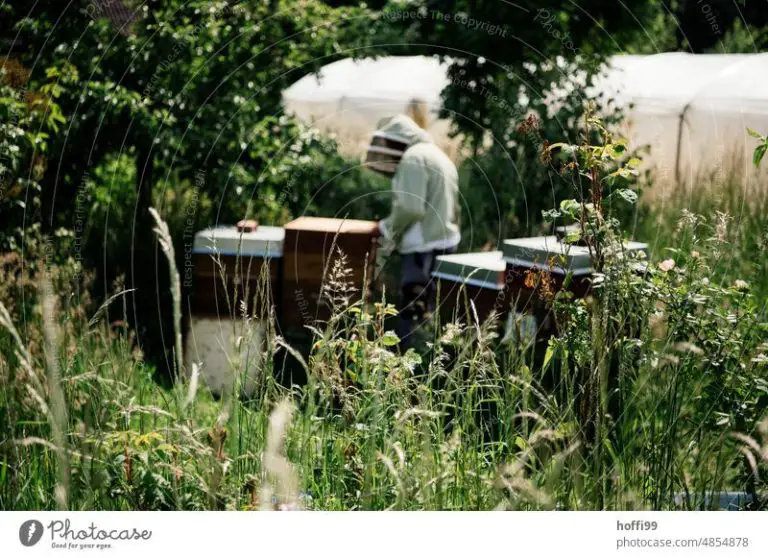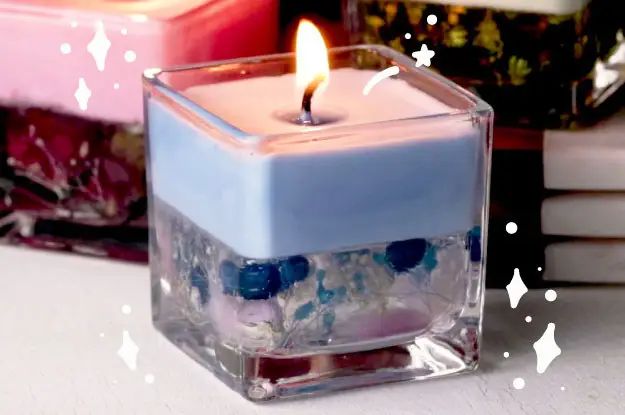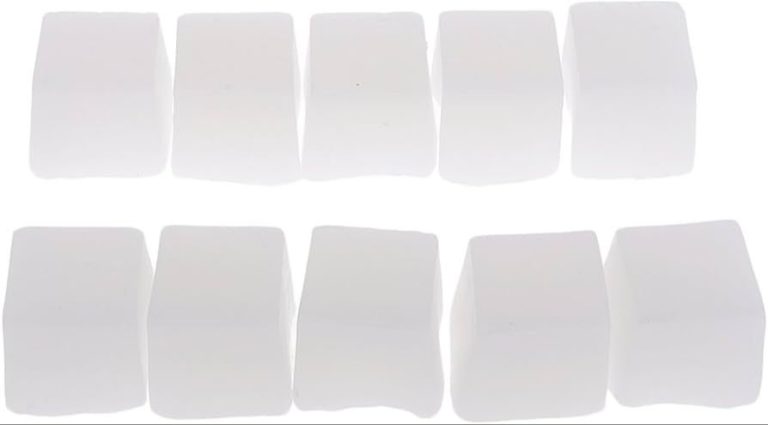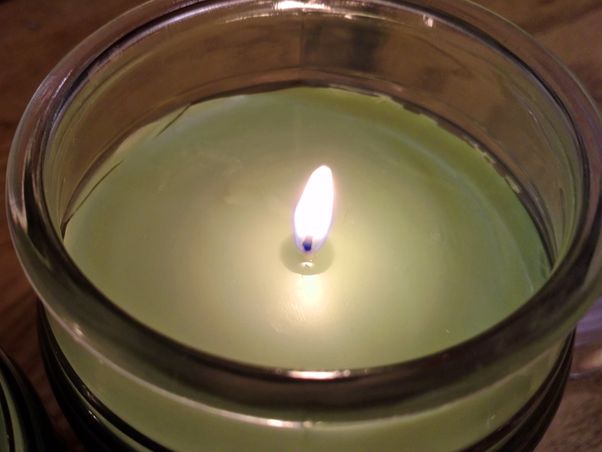Are Wax Melts And Candles The Same Wax?
What Are Wax Melts?
Wax melts are scented blocks of wax that are heated to release fragrance. They are designed as an alternative to candles, as they do not have a wick or flame (Cambridge Dictionary). Wax melts are placed in a wax warmer, which gently heats and melts the wax through a lightbulb or hot plate to fill the air with scent. Unlike candles that release scent as they burn, wax melts provide continuous fragrance as the wax softens and melts completely. Popular scents for wax melts include fruity, floral, seasonal, and spa-inspired fragrances like peach, lavender, pumpkin spice, and eucalyptus (The Glow Co).
What Are Candles?
Candles are a type of lighting made from wax with a fiber or fabric wick encased in the wax that draws up the melted wax through capillary action. As the flame heats the wax, it melts into a liquid that vaporizes and combusts with the wick. This capillary action combined with the self-sustaining reaction of the melted wax and flame is what allows candles to burn over a period of time.
There are many different types of candles including taper candles, jar candles, votive candles, pillar candles, floating candles, and tealight candles. Taper candles are long, skinny candles that are commonly used in candelabras. Jar candles are candles enclosed in a glass jar and typically have a simple wicked design. Votive candles are small candles in containers meant to burn for 1-2 hours. Pillar candles are large candles that are molded into a column shape. Floating candles float on water and have the wick encased above the surface. Lastly, tealight candles are small candles in thin metal containers meant to burn for a few hours.
Candles serve both functional and decorative purposes. They provide lighting, are used in religious ceremonies, can emit fragrance, and can also simply provide ambient lighting for decoration. Their warm glow and dancing flame provides a soothing atmosphere which is why they remain popular today despite artificial lighting.
Key Differences
Wax melts and candles have a few important differences in how they are made and used:
Wax melts use a low-melt point tart wax, while candles typically use paraffin wax or soy wax which have higher melt points [1]. Tart wax is specially formulated to melt at lower temperatures, allowing the wax melts to liquefy easily when warmed.

Candles require an open flame and wick for burning, while wax melts are warmed in electric wax melt warmers. The melts liquify from the heat of the warmer’s light bulb or heating element without needing a flame.
Since tart wax has a lower melt point than regular candle wax, wax melts tend to melt faster and release fragrance more readily than candles. The warmer’s direct heat melts the wax quickly.
Making Wax Melts
Wax melts are typically made by melting down wax and adding fragrance oils. The most common types of wax used are soy, paraffin, beeswax, and palm wax. According to CandleScience, the basic ingredients for making wax melts are:
- Wax – Usually a blend of soy, paraffin, beeswax, or palm wax
- Fragrance oil – For scent
- Dye – Optional for color
The wax is melted in a double boiler or slow cooker until completely liquid. Once the wax has fully melted, fragrance oil and dye are stirred in thoroughly at the recommended amounts. The wax is then carefully poured into silicone molds and left to slightly cool and harden before moving the molds to finish cooling completely for several hours, according to CandleScience.
Jessica Welling Interiors recommends leaving the wax melts to cure for 1-2 weeks before using them. During the curing process, the melts fully harden and the fragrance becomes stronger as the wax absorbs it. The melts can then be popped out of the molds and are ready to use.
Making Candles
The most common waxes used for candle making are paraffin, soy, beeswax, and palm wax. Paraffin wax is a petroleum byproduct that is odorless and colorless, making it versatile for coloring and scenting candles. Soy wax is made from soybeans and is a renewable and sustainable option. Beeswax is a natural wax made by honeybees that has a pleasant honey aroma. Palm wax comes from the leaves of palm trees and is harder than other waxes with a high melting point.
Proper wick selection and placement ensures the candle burns evenly and cleanly. The wick should be inserted straight through the center of the candle. The wick thickness should match the candle diameter and wax type. Thicker candles need thicker wicks so the wax can liquefy to fuel the flame. Wicks are typically made from braided cotton.
Candles are poured into molds while the wax is in a liquid state around 150-165°F. The molds can be any shape like jars, tins, or figures. As the wax cools it will harden into the mold. The surface can be smoothed with a heat gun. Candles should cure for at least 48 hours before burning so the wax fully solidifies and adheres to the wick. Proper pouring and molding helps produce candles that burn evenly with less issues like tunneling.
Source: https://www.bhg.com/decorating/do-it-yourself/how-to-make-candles/
Wax Melt Warmers
Wax melts require the use of a wax warmer, which gently heats the wax to release its fragrance. There are two main types of wax warmers:
Electric wax warmers plug into an outlet and have a heating element that warms a dish or plate to melt wax. They come in many styles, like trays, pots, and decorative warmers. Electric warmers provide consistent, even heating to fully melt wax.
Candle warmers use a regular candle to heat a plate above it to melt wax. They don’t require electricity. However, the candle flame produces inconsistent warming and may not fully melt harder wax.
Safety tips for wax warmers:
- Place on a stable, flat surface away from flammable items.
- Don’t touch warm dish or spilled wax.
- Unplug when not in use.
- Use caution around children and pets.
- Don’t leave unattended for long periods.
When using a warmer, start with 1-2 cubes of wax. Add more if needed for stronger fragrance. Stir melted wax between uses. Replace wax completely every 1-2 weeks. Turn off warmer when wax is fully melted and allow to cool before handling.
Fragrance Oils
Both candles and wax melts rely on fragrance oils to provide pleasing scents. Fragrance oils come in two main types: natural and synthetic. Natural fragrance oils use essential oils, absolutes, resins, and other ingredients derived from plants and botanicals. They provide authentic aromas but are usually more expensive. Synthetic fragrance oils use lab-created scent chemicals to mimic natural fragrances. They tend to be more affordable but some find the scents less complex. When choosing fragrance oils, look for reputable suppliers that provide quality oils, test for safety, and properly label ingredients.
For wax melts and candles, the fragrance oil concentration makes a difference. Using too little may produce a faint smell, while using too much can overwhelm. Typical usage rates are 6-10% for wax melts and 4-8% for candles. Finding the right fragrance intensity involves testing. Start with oil supplier recommendations, then adjust up or down based on personal preference. Also consider scent combinations that blend nicely, rather than clashing. Popular candle and wax melt fragrances include fruity, floral, baked goods, spice, wood, and holiday themes.
Reliable fragrance oil suppliers for candles and wax melts include Nature’s Garden and Lone Star Candle Supply. They offer extensive selections at reasonable prices. Testing sample sets helps identify favorites before purchasing larger quantities. Proper storage and handling will also preserve fragrance oils for best results.
Storing and Maintaining
Proper storage is important for preserving the scent and performance of wax melts. It’s best to store unused wax melts in an airtight container, away from light and heat sources. A cool, dry place like a cupboard is ideal. Exposure to humidity, warmth, or sunlight can cause the fragrance oils to evaporate prematurely. Storing wax melts in the fridge or freezer is not recommended as this can lead to condensation.
For wax warmers, regular cleaning is important to remove wax residue and dust that can diminish performance. Unplug the warmer and use a dry cloth to wipe the ceramic dish clean while the wax is still warm. Scrape off any difficult buildup gently with a plastic scraper or old credit card. Then use a cotton swab dipped in rubbing alcohol to remove any remaining oils or fragrance.
Wax melts should be replaced once the fragrance starts fading, which is typically after 6-8 hours of use. Continuing to use old melted wax will not emit much fragrance. It’s best to use fresh wax melts in each warming session.
Safety Considerations
When it comes to safety, there are some key differences between candles and wax melts that are important to consider.
Candles pose an open flame risk, especially if left unattended or placed near flammable materials. The open flame can lead to accidental fires. According to the National Fire Protection Association (NFPA), an estimated 7,900 house fires are started by candles each year in the U.S. [1]
Wax melts used in electric warmers eliminate this open flame risk. However, electric wax warmers still pose some safety considerations. The warmers can reach high temperatures, posing a risk of burns if touched. They should be kept out of reach of children and pets. Additionally, the cord and outlet should be checked to prevent any electrical hazards. [2]
When it comes to fragrance oils used in both candles and wax melts, some can be toxic if misused. Certain essential oils like wintergreen, eucalyptus, and tea tree can be hazardous, especially if ingested by children or pets. It’s important to research any fragrances and ensure proper usage guidelines are followed. [3]
Cost Comparison
When it comes to price, wax melts tend to be more cost-effective than candles. According to Swoonworthy Scents, wax melts are usually cheaper per ounce than candles because you aren’t paying for the wick or glass vessel[1]. Scentswax also notes that ounce for ounce, wax melts provide more fragrance time than candles[2].
A typical 16 oz candle may cost $20-30. The same amount of wax melt may cost $10-15. Since you can reuse wax melts, they may last you twice as long as a candle before having to repurchase. The wax melt warmer itself is an added one-time expense of $10-30, but provides ongoing savings versus continually buying new candles.
Taken together, wax melts offer more fragrance for your dollar over time. You get more total fragrance hours per ounce compared to candles. And with reuse, wax melts stretch your scent budget further.





